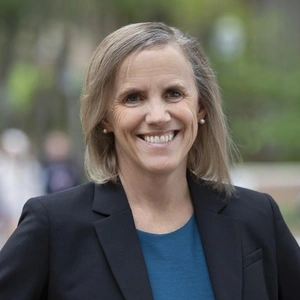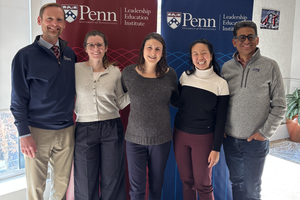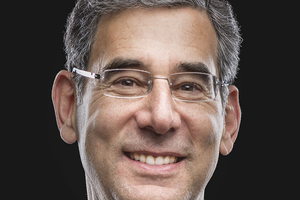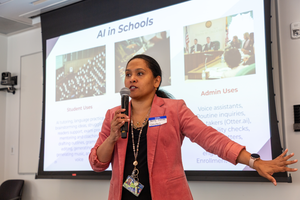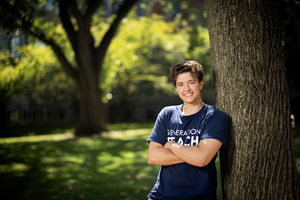Faculty Expert
It’s the question math teachers know will come up at some point, “when am I going to use this in real life?” The best answer: “how about right now?” Standards reforms and curriculum trends emphasizing critical thinking skills are trying to help students engage in mathematics relevant to real life.
But what happens when the context of problems isn’t relatable? That’s what Penn GSE’s Janine Remillard and Caroline Brayer Ebby asked when they saw kids in Philadelphia struggling to make sense of the problems in a curriculum designed to build mathematics from real life contexts. Instead of asking students to solve a problem built around renting motor bikes on a luxury vacation, why not tap into their daily experiences living in America’s poorest big city? These relatable scenarios give them tools to develop critical thinking about their own world.
Remillard and Ebby worked with middle school math teachers to create the Community Based Mathematics Project of Philadelphia. The free, open-source lesson plans available on the project’s website are designed to be locally relevant, Common Core-aligned, and easily adapted for any classroom context. Here’s an example, and ways you can make the project work for you:
Rethink your drink
In one lesson, students explore ratio and proportional reasoning by investigating and representing the sugar content of popular drinks. By using proportional reasoning, students find the difference between the amount of sugar listed per serving on the label and the amount of sugar in the bottle. To reinforce the point, students then represent the amount of sugar per bottle with sugar cubes. In one eye-opening example, they need 29 two-ounce sugar cubes to represent one 20-ounce drink.
Students also calculate the grams of sugar per ounce to make comparisons across different container sizes. In addition to calculating, graphing, and analyzing this real world data set, students learn that there is a surprising amount of sugar in most of their beverages—not just sodas but fruit juices, teas, and flavored milks.
Keep it local
How could you make it more relevant for your students? The above lesson has particular resonance in Philadelphia, as a 1.5-cent per ounce soda tax was recently levied on all sugary drinks sold in the city. The project website invites teachers to explore extensions of this lesson in health, science, language arts, and social studies.
Empower your students
All of the site’s lessons are designed to show students how math skills can empower them to make choices that benefit their self-interest. In Philadelphia, middle school students choose which high school they will apply to. So a lesson that analyzes high school performance data – including graduation rates – can have an immediate impact on the understanding and decision-making of students and their families in the admissions process.
Other adaptable examples include lessons to determine the best cell phone plan, understand who really makes money on the lottery, and determine travel times and distances for trolley routes.
The Community Based Mathematics Project of Philadelphia has created this guide to help educators create lessons that will be relevant in their community.
Creating a community
The project’s website is more than a place for educators to download lessons plans and resources. Every lesson includes a discussion forum, where teachers can swap ideas for modifying lessons and share experiences from their classrooms. This is a free and open community for like-minded educators interested in locally relevant curriculum and teaching math for social justice.

Subscribe to the Educator's Playbook
Get the latest release of the Educator's Playbook delivered straight to your inbox.
Media Inquiries
Penn GSE Communications is here to help reporters connect with the education experts they need.


